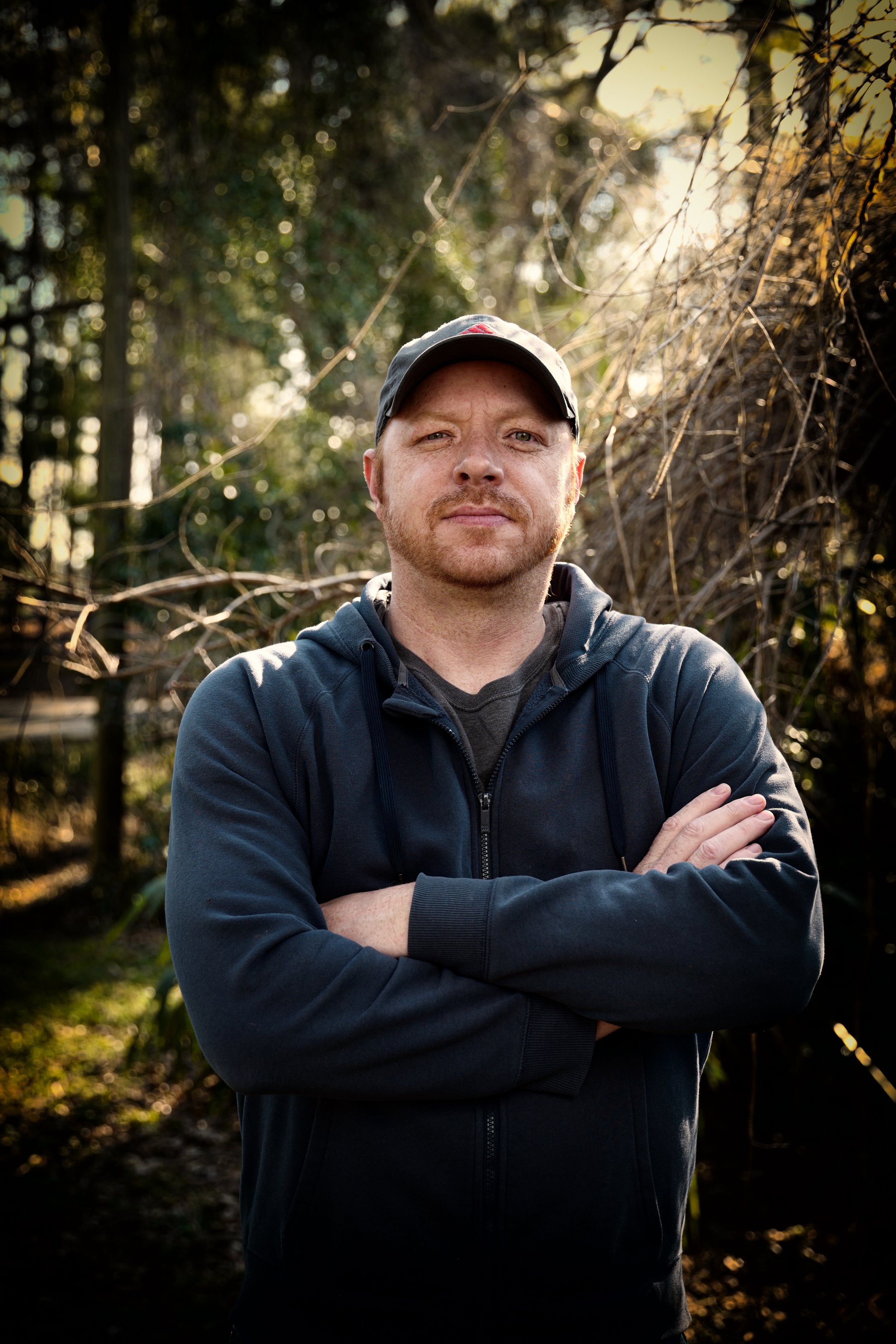Indicators on Circular Dichroism You Need To Know
Indicators on Circular Dichroism You Need To Know
Blog Article
All about Uv/vis
Table of ContentsAn Unbiased View of Uv/vis/nirAn Unbiased View of Circular DichroismUv/vis/nir for DummiesSpectrophotometers - TruthsThe Buzz on Circular Dichroism

Spectrophotometry is a tool that hinges on the quantitative analysis of particles depending on how much light is soaked up by colored compounds.
The Greatest Guide To Circularly Polarized Luminescence
A spectrophotometer is typically used for the measurement of transmittance or reflectance of options, transparent or opaque solids, such as refined glass, or gases. Lots of biochemicals are colored, as in, they soak up noticeable light and therefore can be measured by colorimetric treatments, even colorless biochemicals can frequently be transformed to colored substances ideal for chromogenic color-forming responses to yield compounds suitable for colorimetric analysis.: 65 Nevertheless, they can likewise be developed to measure the diffusivity on any of the noted light ranges that normally cover around 2002500 nm utilizing various controls and calibrations.
An example of an experiment in which spectrophotometry is used is the decision of the balance constant of a service. A certain chemical reaction within an option might happen in a forward and reverse instructions, where reactants form items and items break down into reactants. At some time, this chemical response will reach a point of balance called an equilibrium point.
The Facts About Circularly Polarized Luminescence Uncovered
The quantity of light that passes through the service is a sign of the concentration of particular chemicals that do not allow light to pass through. The absorption of light is due to the interaction of light with the electronic and vibrational modes of particles. Each type of particle has a private set of energy levels related to the makeup of its chemical bonds and nuclei and thus will soak up light of particular wavelengths, or energies, leading to distinct spectral properties.
They are commonly used in lots of markets consisting of semiconductors, laser and optical manufacturing, printing and forensic examination, as well as in laboratories for the research study of chemical compounds. Spectrophotometry is often used in measurements of enzyme activities, decisions of protein concentrations, decisions of enzymatic kinetic constants, and measurements of ligand binding reactions.: 65 Eventually, a spectrophotometer is able to determine, depending on the control or calibration, what substances are present in a target and exactly how much through computations of observed wavelengths.
Developed by Arnold O. Beckman in 1940 [], the spectrophotometer was developed with the aid of his associates at his company National Technical Laboratories founded in 1935 which would end up being Beckman Instrument Business and ultimately Beckman Coulter. This would come as an option to the formerly developed spectrophotometers which were not able to absorb the ultraviolet correctly.
Our Circularly Polarized Luminescence Statements
It would be discovered that this did not provide satisfactory outcomes, therefore in Model B, there was a shift from a glass to a quartz prism which allowed for better absorbance results - spectrophotometers (https://pblc.me/pub/3fc0b3e264b77b). From there, Model C was born with a modification to the wavelength resolution which wound up having three units of it produced
It irradiates the sample with polychromatic light which the sample takes in depending on its properties. Then it is transferred back by grating the photodiode array which identifies the wavelength area of the spectrum. Given that then, the creation and application of spectrophotometry devices has increased immensely and has actually become one of the most ingenious instruments of our time.

4 Easy Facts About Uv/vis/nir Shown
Historically, spectrophotometers utilize a monochromator including a diffraction grating to produce the analytical spectrum. The grating can either be movable or fixed. If a single detector, such as a photomultiplier tube or photodiode is used, the grating can be scanned stepwise (scanning spectrophotometer) so that the detector can measure the light strength at each wavelength (which will represent each "step").
In such systems, the grating is repaired and the intensity of each wavelength of light is measured by a different detector in the range. Additionally, most modern mid-infrared spectrophotometers use a Fourier transform strategy to get the spectral information - https://lwccareers.lindsey.edu/profiles/4273853-julie-ann-desa-lorenz. This method is called Fourier change infrared spectroscopy. When making transmission measurements, the spectrophotometer quantitatively compares the fraction of light that travels through a reference option and a test option, then electronically compares the strengths of the two signals and calculates the percentage of transmission of the sample compared to the referral standard.

Report this page